EDITOR-AT-LARGE / DIRECTOR OF PHOTOGRAPHY - SEATTLE, WA Francis Zera is a Seattle-based architectural, aerial, aviation, and commercial photographer, a freelance photojournalist, and a confirmed AvGeek.
https://www.zeraphoto.com
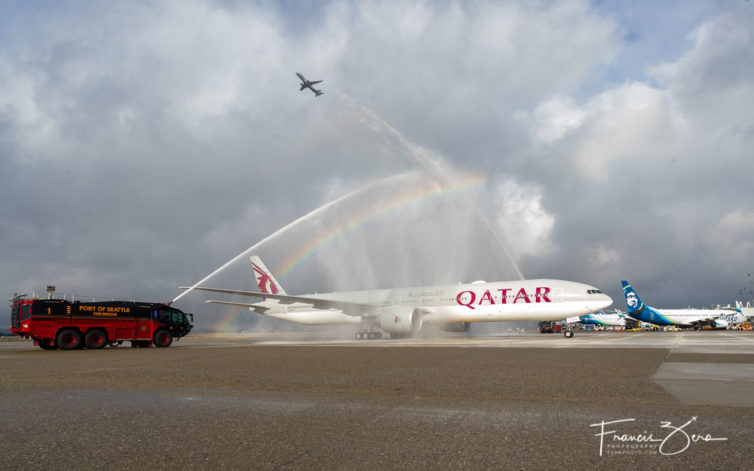
Qatar Airways (QR) launched service from Hamad International Airport in Doha, Qatar, to Seattle, Washington, on Jan. 29, 2021, two months ahead of schedule. It also marked the first new service to Seattle-Tacoma International Airport since the COVID-19 pandemic began. Inaugural flights are always a joy to cover – you get to see other media […]
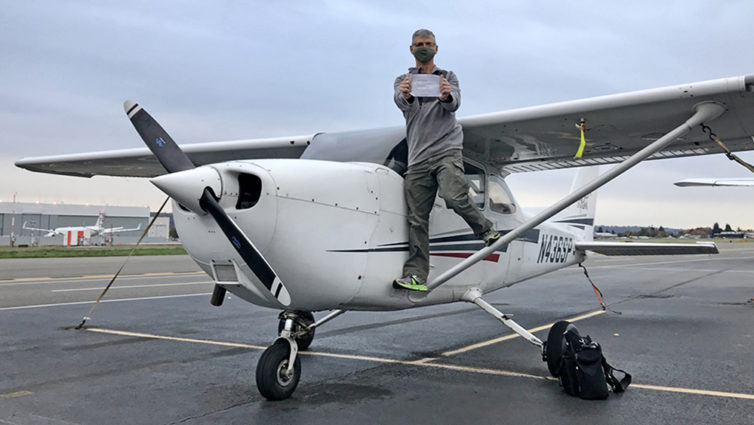
After a year and a half of concerted effort, I’ve finally completed my initial training and earned my private pilot certificate in early November. It’s a great feeling!
For those who’ve been following along on my adventures at Galvin Flying, it’s been a long process of successes and setbacks, many of which were weather related because I live in the Pacific Northwest, where the local joke says that it only rains once a year it starts raining in late October and stops raining on July 5 (it always seems to rain on July 4).
Anyway, I did several mock checkrides in the weeks leading up to the actual FAA one, and had to complete Galvin’s end-of-course checkride before that. The end-of-course checks are designed to be more difficult than the actual checkride to ensure that pilot candidates are as prepared as possible.
The FAA examiner, also known as a designated pilot examiner or DPE, selects from a long list of information and flight maneuvers for the actual checkride known as the Airman Certification Standards. The check airman who oversees the end-of-course checks runs through the entire list to be sure you’re ready.
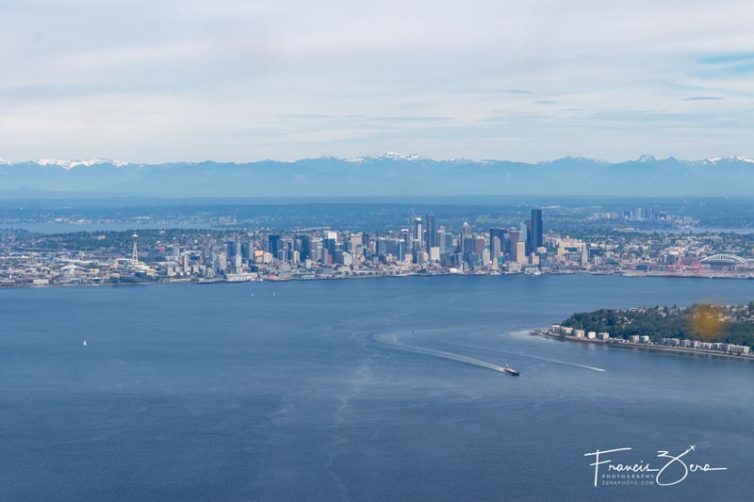
So, it”s been a while since I”ve written an update, but that doesn”t mean I”ve not been making progress.
Since the last installment, I”ve done my three cross-country solo flights – they”re a requirement for the PPL, and consist of several solo flights away from one”s home airport. Cross-country meaning, you know, crossing the countryside and not a transcontinental flight in a small plane, which would take a couple days at best.
Requirements for the cross-country flights are that the each one has to include one leg of at least 50 nautical miles and a full-stop landing. For the long cross-county, the flight has to be a minimum of 150nm and include one leg of at least 50nm and full-stop landings at three airports, including returning to the point of origin.
For my flights, the first one was from Boeing Field (BFI) up to Port Angeles on the Olympic Peninsula. It was a spectacular day – completely free of turbulence, hardly any other air traffic, and clear as the proverbial bell.
The second one was the following week, from BFI to Chehalis, Washington, a bit south of Olympia. It was far more normal, with usual amounts of air traffic and slightly bumpy/windy conditions.
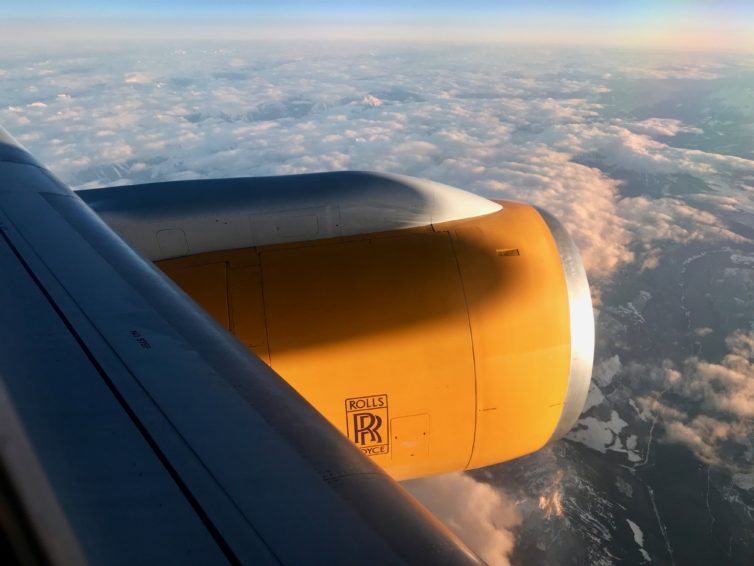
à¾etta reddast is an iconic Icelandic phrase that roughly translates to “it’s all going to work out.” It seems a suitable title for the review, because everything on my economy-class flight on Icelandair worked out very well.
My flight was from Keflavik International Airport (KEF) to Seattle-Tacoma International (SEA) in seat 14A aboard TF-FIK, a 20-year-old 757-200 that must have gone through a refurbishment relatively recently, as the interior looked very fresh. The aircraft had originally been built for Iberia back in 2000, and, if you look closely, you can find traces of that heritage the aft lavatory doors still have their “occupied” signs written in Spanish.
I was headed to Seattle on a Monday evening in February (before the coronavirus became an issue); not exactly prime tourist season, even by busy Icelandic standards. Correspondingly, the flight had quite a few empty seats. Once people finished shuffling themselves around to sit with their traveling companions, it left me in the fortuitous position of having an entire row to myself, a treat that I haven’t enjoyed in a very long time.
Backing up a bit, though, boarding was fast and easy. It was my third visit to Iceland, and my first time departing from a jet bridge at the terminal instead of being bused to a hardstand – KEF has been busily building out its terminals to add more jet bridges and basic capacity.
It was snowing outside, so even though I was disappointed at the missed photo opportunities you get when boarding from the ramp, it was nice not having to go out in the snow to get on board.
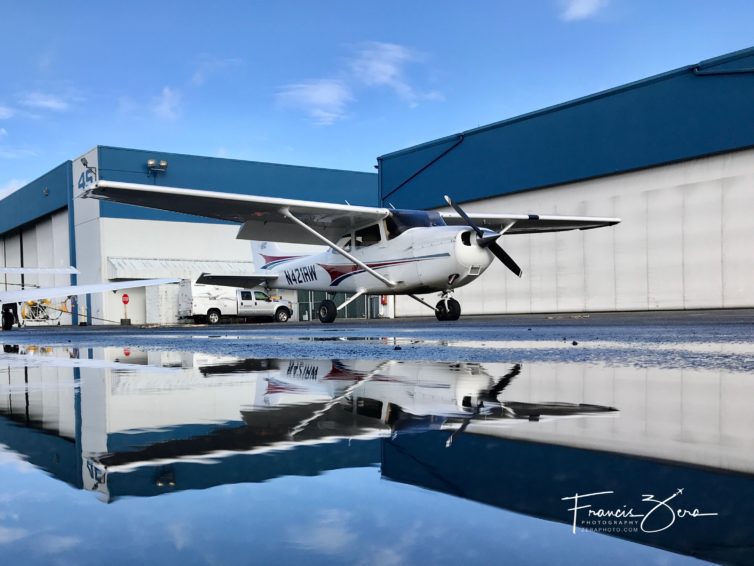
March 20 marked the one-year anniversary of my having started flight training; my first ground-school class was already more than 12 months ago.
Deciding to pursue a pilot”s license has been, simultaneously, the most fiscally-irresponsible thing I”ve ever done, and the most rewarding thing I”ve ever done. I”ll leave that to the reader to reconcile; I”m totally OK with the decision.
Progress has been sporadic, mostly due to a particularly bad winter with consistent low clouds that precluded flying and resulted in dozens of cancelled training flights. On the upside, now that spring is here, I”ve started to make progress again, although COVID-19 holds the potential for future disruptions. Our governor here in Washington state was kind enough to declare flight training to be among the exempted activities during the lockdown (at least for now).
Since my last post, I”ve completed both my day and night cross-country flights with my instructor, have been working a lot on navigation and flight planning, and now have returned to practicing basic maneuvers to kick off the rust from a winter”s worth of very little flying.




